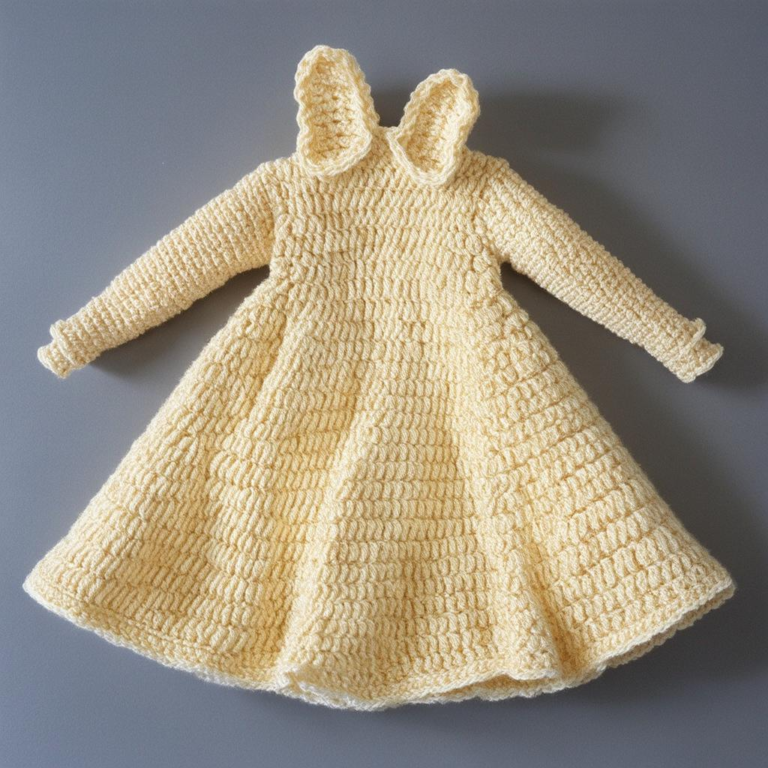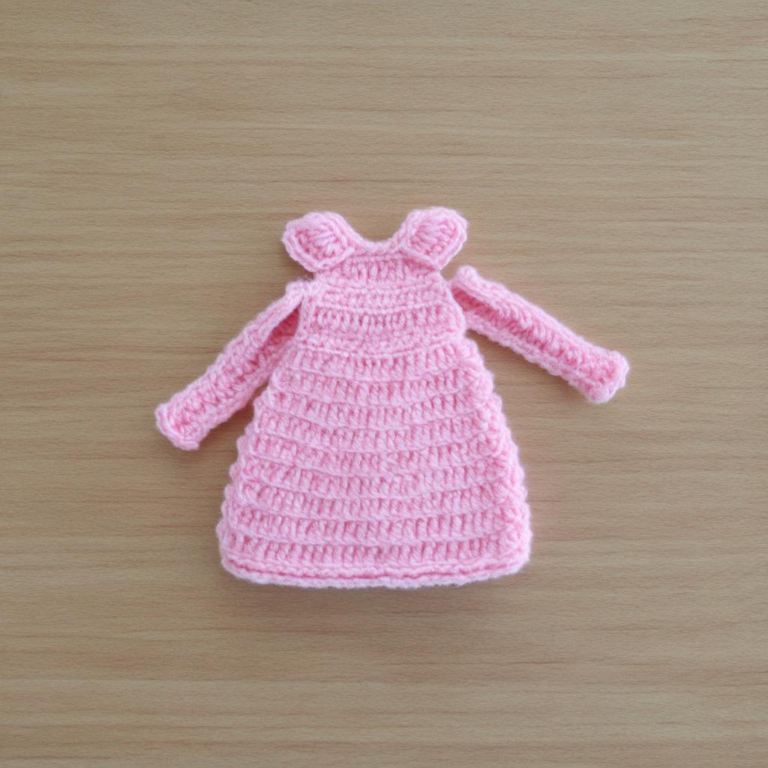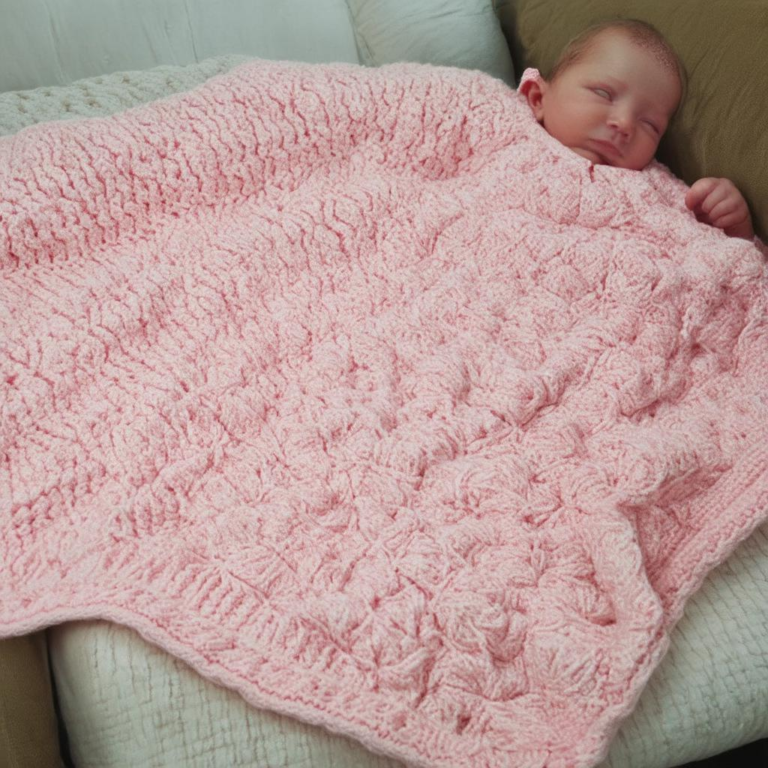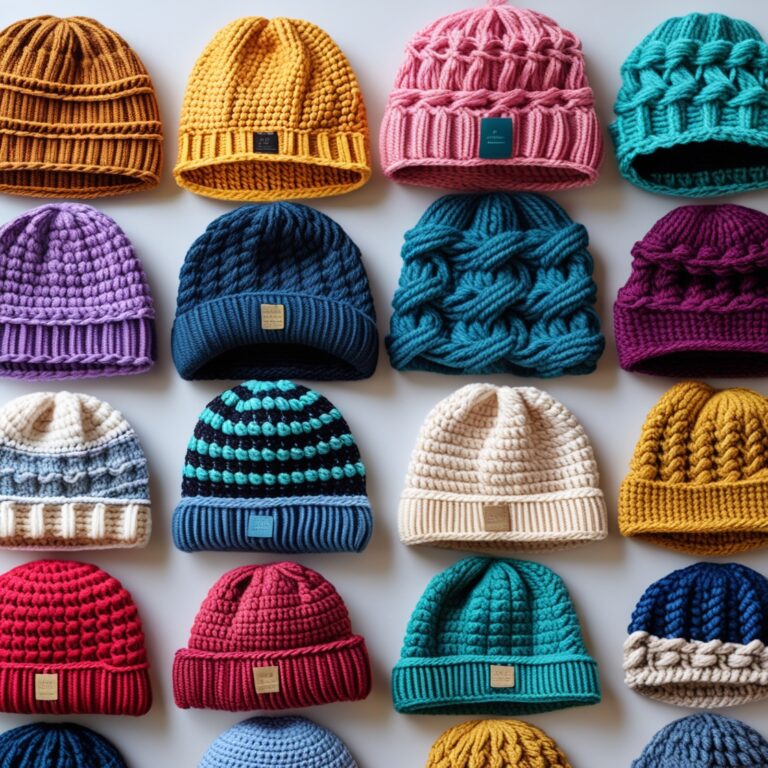[Check out the latest arrivals now!](https://www.amazon.com/s?k=free doll patterns&s=date-desc-rank&tag=smartymode-20)
Okay, here’s a comprehensive article draft on the topic of “Free Doll Patterns Compared: Top Picks & Where to Find the Best,” crafted to meet the specified requirements, including LSI keywords, engagement, adn a professional tone:
Free doll Patterns Compared: Top Picks & Where to Find the Best
Creating a doll, from the initial design to the final stitch, can be a deeply rewarding experience. Whether you’re a seasoned crafter or a beginner looking for a new hobby, the world of doll making offers endless opportunities for creativity and personalization.But where do you begin, and more importantly, where do you find high-quality, free doll patterns? This article dives deep into the world of free doll patterns, providing comparisons, tips, and essential resources to help you start your next doll-making project. We’ll explore various pattern types, evaluate their pros and cons, and guide you to the best online resources for your crafting needs.
[Explore Top Rated free doll patterns on Amazon.]
Understanding Different Types of Free Doll Patterns
Before diving into specific recommendations, it’s crucial to understand the different types of free doll patterns available. The type of doll you want to create will largely determine the type of pattern you need.
Fabric Dolls and Rag Dolls
Fabric dolls and rag dolls,often used interchangeably,are typically sewn using woven fabric and filled with stuffing.
Features: Soft, huggable, and often designed with simpler shapes suitable for beginners. They can be highly customizable in terms of fabric choice, hairstyle, and facial features.
Examples: Classic rag dolls with hand-embroidered faces are a common choice. You might find patterns for simple “Tilda” style dolls or those resembling cartoon characters.
Pattern Complexity: These patterns can range from extremely simple, requiring basic sewing skills, to more complex designs with jointed limbs and detailed clothing.
Soft Dolls and Plush Dolls
Soft dolls and plush dolls are similar to rag dolls but may incorporate softer, more plush fabrics like fleece or minky.
features: Extremely cuddly and ideal for children. They often have rounded, simplified features and fewer small parts.
Examples: Patterns for animal plush dolls (bears, bunnies), or character-based dolls are common.
Pattern Complexity: Patterns can range from very basic (suitable for beginners) to more involved (with complex shapes or details).
Art Dolls and BJD-Inspired Dolls
Art dolls often focus on detailed craftsmanship and artistic expression of a specific character or concept. BJD (Ball-Jointed Doll)-inspired dolls use similar jointed shaping.
Features: Designed for display or collection rather than play, these often use high-quality materials and require more advanced skills.
Examples: Sculpted dolls with detailed faces, articulated limbs, and customized clothing.These patterns are less likely to be found for free but may have basic, simpler templates available.
Pattern Complexity: Complex, requiring advanced sewing, sculpting, or other specialized skills. expect multiple parts that must be assembled.
Paper Doll Patterns
Paper doll patterns are two-dimensional and are designed for a different type of play but might have sewing patterns based on their form.
Features: flat, often printable templates which are cut out.These allow for a simple way to create doll-like figures and can be good starting points for fabric versions.
Examples: Basic shapes that can be decorated by coloring.
Pattern Complexity: Extremely simple.
[Explore top Rated free doll patterns on Amazon.]
Top Free Doll Pattern Resources Online
Finding free patterns can be overwhelming. Here’s a curated list of some of the best places to look:
YouTube Channels for Visual Learners
YouTube is a fantastic resource with numerous crafters sharing their free doll patterns and step-by-step tutorials. Advantages: Visual learners benefit greatly from video tutorials—you can actively watch the construction process. Many channels include tips on materials and techniques that enhance your skills.
Examples from References: Referencing [1], channels like the one featured offer tutorials with full instructions (and sometimes even pattern files) on “how to make a fox cloth doll,” or “Teddy bear doll.” This resource is especially helpful if you need visual cues for challenging steps.
How to utilize this: Search for terms such as “free doll pattern,” “cloth doll tutorial,” or “rag doll sewing tutorial” to find suitable content.
Dedicated Doll Pattern Websites
Dedicated websites often contain a wealth of specific, curated free doll patterns alongside paid options.
Advantages: These sites typically have a clear organizational structure, making it easier to find patterns for specific doll types. You may also find helpful articles or blog posts about specific techniques.
Examples from References: Websites like [2] feature patterns such as the “New Free Cloth Doll pattern by Jill Maas” and offer the chance to download and sew right away.
How to utilize this: Explore the site’s categories or search using terms relevant to the doll type you are looking for (e.g., “fabric doll pattern” or “plush doll template”).
Pinterest Boards for Curated Ideas
Pinterest is an invaluable platform for gathering ideas and finding patterns that other makers have collected.
Advantages: A visual platform, Pinterest offers a vast collection of patterns, often grouped by style or theme and sometimes curated specifically. It’s excellent for finding inspiration and discovering designers.
Examples from references: According to [3] and [5], the platform hosts numerous boards containing “free cloth & rag doll sewing patterns” and “soft, stuffed doll tutorials.” These act as visual catalogues offering both the patterns and the completed projects that can inform your design choices.
How to utilise this: Search for specific terms such as “free doll patterns PDF,” “fabric doll template,” or “sewing doll patterns” and explore relevant boards.
Specific Blog and Community Sites
Individual blogs often host detailed tutorials and pattern links, providing niche content.
Advantages: Blogs and online communities offer high-quality free patterns from experts and enthusiasts.They often provide detailed instructions and help with troubleshooting.
Examples: Smaller blogs might post niche patterns designed for unique dolls, often accompanied by detailed photographs or illustrations. Community forums often have threads where members share patterns and advice.
How to utilize this: Browse specific blogs or forums dedicated to doll making which you can find through internet searches or social media links.
Considerations When choosing Your Patterns
Before selecting a pattern,it’s crucial to evaluate whether it meets your skill levels and goals.
skill level: Be honest about your current abilities. If you are a beginner, opt for simple patterns. Avoid those that include complex techniques or confusing construction sequences.
Material Availability: Make sure you have the materials listed in the pattern or that you can easily obtain them. Ensure the pattern is compatible with your machine.
Clarity of Instructions: Pick patterns with step-by-step instructions and illustrative diagrams or photos. If the pattern is unclear, it will likely lead to frustration and a flawed final product.
Final Project Goal: Consider what you intend to do with the finished doll. Is it for play, display, or a gift? Ensure the complexity level and overall style matches that intended use.
[explore top Rated free doll patterns on Amazon.]
Comparing Different Free Doll Patterns
Having explored some key resources, let’s consider how specific free doll patterns might compare:
simple Rag doll Patterns
Design: Typically feature basic body shapes composed of simple geometric forms (such as ovals or rectangles), with few details.
Fabric: They often use cotton, linen, or muslin fabric.
Skill Level: Excellent for beginners; requires a basic understanding of sewing straight lines and curves.
Advantages: Rapid to sew and easy customizations of faces and hairstyles. They are generally less time-consuming compared to highly detailed dolls.The designs are very forgiving for novice makers.
Disadvantages: Can appear basic compared to other more complex dolls. The simplicity of shapes can sometimes lack character.
Example Application: Ideal projects for a child’s first self made toy with room for embroidery to personalize it.
Basic plush Doll Patterns
Design: Often feature rounded bodies and limbs, designed with maximum plushness in mind. Simple, embroidered or appliqued faces.
Fabric: fluffy fabrics such as fleece or minky for a softer, “huggable” feel.
Skill Level: Suitable for beginners. Some designs might have more complex shapes such as ears or tails. Advantages: Soft to touch & easy for children to handle making them excellent for gifts. The use of fluffy fabrics makes the imperfections less noticeable.
Disadvantages: Might not hold detailed facial work very well, limiting customization options.
Example Application: Perfect for creating animal-themed or character-based toys for children.
More Complex Art Doll Patterns
Design: These might involve unique sculpting techniques or layered fabrics. The parts might include small and intricate pieces that require a higher level of care and experience.
Fabric: includes a range of premium materials such as linen,leather,or premium quality cotton.
Skill Level: Intended for experienced crafters with skills in needle sculpting, embroidery, or creating detailed facial features.
Advantages: Offers a high level of artistic expression and can produce very unique final pieces. Disadvantages: Time-consuming and could be frustrating if your skills do not match the demands of the project.
Pattern Modification
regardless of the pattern,you can always modify it.
Altering Scale: You may want to scale a pattern up or down based on your preferences.
adding or Removing Details: Adding pockets,using lace to change the effect of clothing,or giving your doll a different hair style is a great way to personalize a design.
changing Materials: A very crucial step in doll making. Using different weights of fabrics will dramatically change the final look.
Example: If you find a basic rag doll pattern, you can adjust the face details and use different fabrics to make it your own.
[Explore Top Rated free doll patterns on Amazon.]
Essential Tools and Materials for Doll Making
Making a doll requires a variety of tools and materials.It’s beneficial to have a set to hand so that you can start your project smoothly.
Essential Tools
Sewing Machine: A basic sewing machine is essential and will speed up your work; otherwise you can hand sew many simple projects.
Sewing Kit: Needles,threads,pins,and scissors are absolutely essential.
Fabric Scissors: Sharp scissors dedicated for cutting fabrics are very useful
Seam Ripper: Crucial for correcting mistakes.
turning Tools: A dull pointed tool (like a chopstick or knitting needle) to help turn fabric or get small pieces out.
Iron: For pressing seams and making the finished project look professional.
Essential materials
Fabric: Cotton, linen, fleece—choose depending on the project.
stuffing: Polyester fiberfill is commonly used.
Embroidery Supplies: Thread and needle for facial details.
Optional Materials: Buttons, ribbons, yarn for hair, and other decorative elements.
Pattern Template: Printed on paper or cardstock, depending on the project.
[Explore Top Rated free doll patterns on Amazon.]
Actionable Advice and Tips for Beginners
Starting can be overwhelming, but with correct initial advice, the path gets much smoother. Here are a few tips:
Start Simple: If you’re a beginner, choose patterns that are well-described and that suit your practical skillset. Overly complex patterns might discourage you. Practice on Scraps: Before working on your doll, practice stitching techniques on scrap fabrics. This will help you prevent mistakes on your final pieces, especially when working with specific types of fabrics or patterns.
Always Press Your Seams: Pressing seams as you sew will make your project look more professional and will improve the structure and appearance of the doll.
Measure twice, Cut Once: Always double-check your cuts before you make them to prevent miscalculations. Keep the layout diagram easily visible as you are working.
Take Your Time: Don’t rush. Take breaks if you feel frustrated. Rushing might lead to errors.Focus on precision making when cutting and sewing.
Use YouTube guides: When you’re stuck, use online tutorials or videos for visual help. These can frequently enough clarify unclear steps and help refine your technique on the spot.
Join Online Communities: Other crafters online may have suggestions for improving a design you are considering.
Personalize Your Creations: Don’t be afraid to add your own unique touches to your doll, such as embroidered details, different clothing styles or customized hairstyles using thread or yarn.
[Explore Top Rated free doll patterns on Amazon.]
Final Thoughts—Embracing Creativity in Doll Making
Exploring free doll patterns is an excellent way to start or further your doll-making journey. With a little resourcefulness and careful selections, you can create a vast collection of fabric dolls tailored to your exact specifications. From simple rag dolls perfect for beginners to detailed art dolls, the possibilities are endless.By using multiple resources including those highlighted, such as YouTube tutorials, dedicated websites, or Pinterest boards, you’ll find that creating unique, charming dolls is a truly rewarding experience. Remember to start with simple designs, personalize your projects, and always strive to learn more using the ever evolving resources. The world of doll making opens a door to creativity and personal expression – so dive in and start crafting your next masterpiece!
[Shop budget-kind options now!](https://www.amazon.com/s?k=free doll patterns&s=price-asc-rank&tag=smartymode-20)






